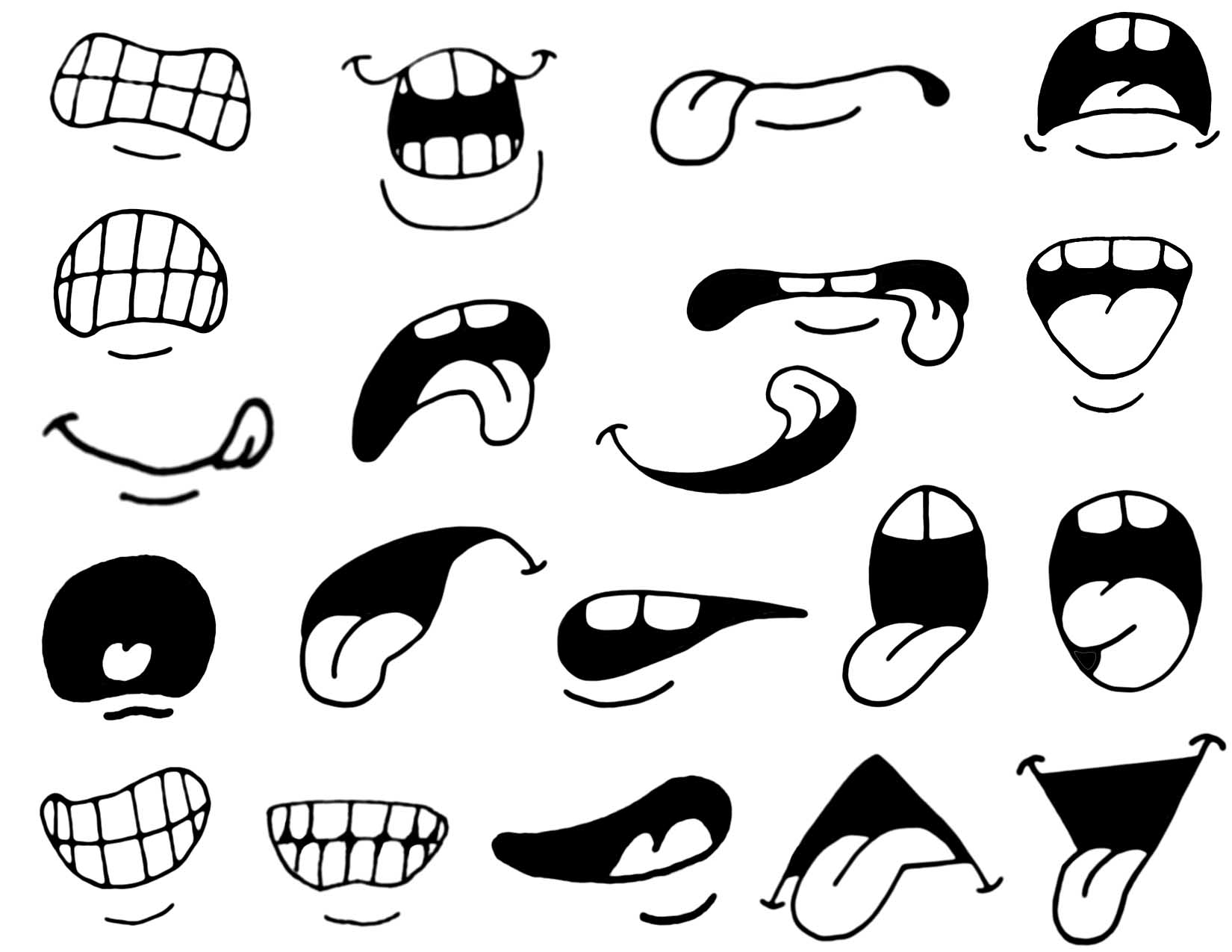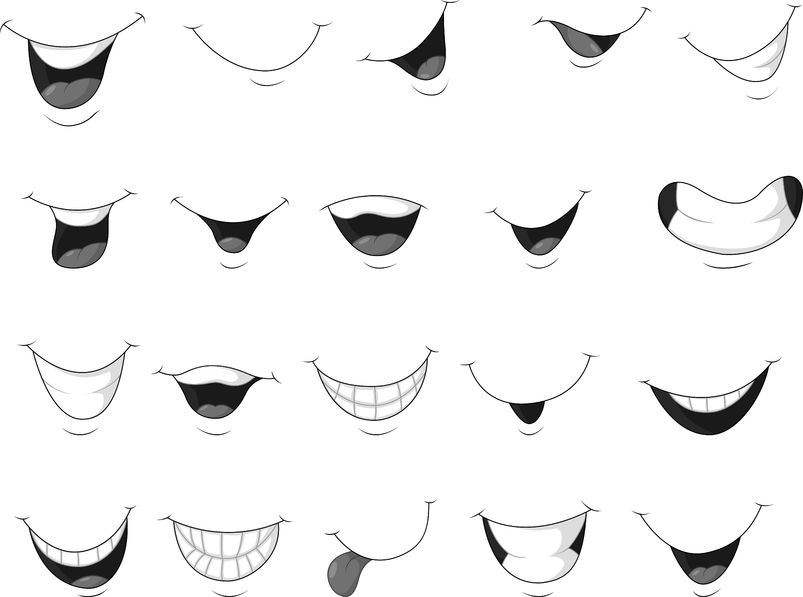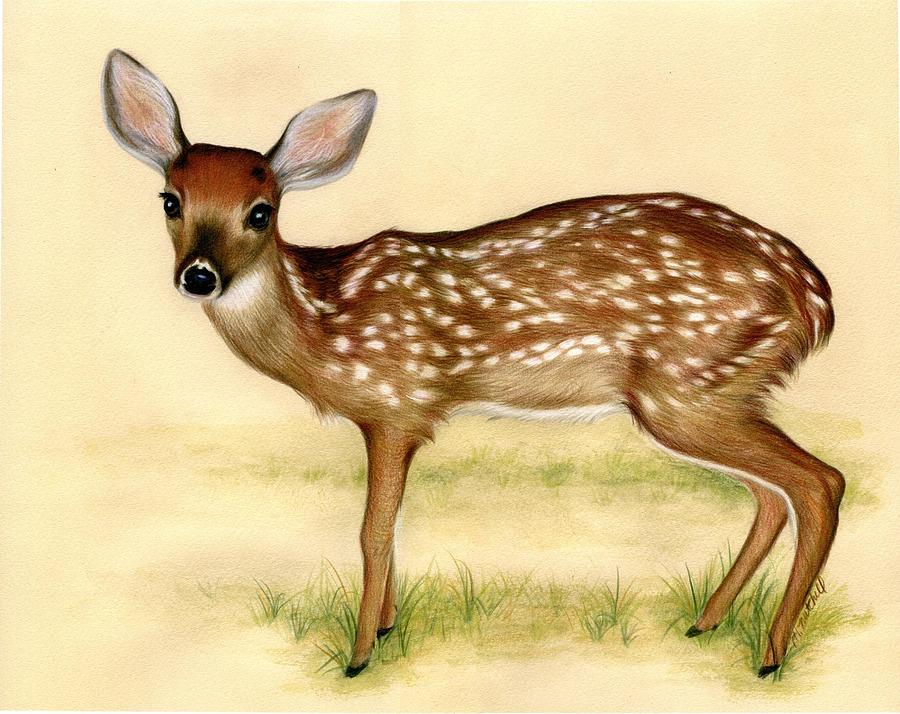Cartoon lips drawing at getdrawings
Table of Contents
Table of Contents
If you’re someone who loves cartoons, then you know how important it is to get the mouth right. The mouth is the most expressive part of the face and can make or break the entire cartoon. So, if you’re struggling with how to draw cartoon mouths, then you’ve come to the right place.
Pain Points
Many people struggle with drawing cartoon mouths. They may find it difficult to get the right shape or to give the mouth the right expression. Others may find that their mouths look too flat or too small. Whatever your pain points are, there are ways to overcome them and to become an expert in drawing cartoon mouths.
How to Draw Cartoon Mouths
The first thing you need to do when drawing a cartoon mouth is to decide on the shape you want. You can play around with different shapes like round, oval or heart-shaped until you find one that you like. Once you’ve got the shape, start by drawing the lips. Make sure you draw them according to the shape you have chosen. Next, add in the teeth and tongue. You can choose to draw them as simple lines or add in more detail.
Now comes the fun part, adding in the expression. Depending on the type of character you’re drawing, you can give the mouth any number of expressions. For example, a happy character might have an open mouth smile with the teeth showing, while a sad character might have a downturned mouth with no teeth showing. Experiment with different shapes and expressions until you find the perfect one.
Main Points:
In summary, the key to drawing cartoon mouths is to start with the right shape, draw the lips, add the teeth and tongue, and finally add in the expression. Once you’ve got the hang of it, you can start playing around with different expressions and shapes until you become an expert in drawing cartoon mouths.
Getting Creative with Cartoon Mouths
When I started drawing cartoons, I found drawing the mouth to be the most difficult part. I would often end up with a mouth that looked too small or too big, and it would ruin the entire cartoon. But with practice, I learned the importance of starting with the right shape and adding in the expression that fits the character. Now, I love getting creative with cartoon mouths and experimenting with different shapes and expressions.
 One of my favorite things to do when drawing cartoon mouths is to add in a little bit of texture or detail. For example, you can add in some shading to give the mouth a 3D effect, or you could add in tiny lines to represent wrinkles around the mouth.
One of my favorite things to do when drawing cartoon mouths is to add in a little bit of texture or detail. For example, you can add in some shading to give the mouth a 3D effect, or you could add in tiny lines to represent wrinkles around the mouth.
Making Cartoon Mouths Stand Out
If you really want your cartoon mouths to stand out, then you can combine different shapes and expressions. For example, you can draw a heart-shaped mouth with a cute little dimple and add in a tongue sticking out for a cheeky character.
 #### Adding Detail to Cartoon Mouths
#### Adding Detail to Cartoon Mouths
Another way to make your cartoon mouths stand out is to add in some detail. This could be anything from adding in some drool or saliva to giving the lips some texture or shine. Don’t be afraid to experiment and see what works best for your cartoon character.
 Common Mistakes When Drawing Cartoon Mouths
Common Mistakes When Drawing Cartoon Mouths
One of the most common mistakes that people make when drawing cartoon mouths is that they draw them too small or too large. Another mistake is not using enough detail or shading, which can make the mouth look flat or lifeless.
Finally, one of the most important things to remember when drawing cartoon mouths is to make sure that they fit the character. The mouth should match the overall style and expression of the character, so take some time to consider what expression and shape would be the most fitting.
Question and Answer
Q: How can I make my cartoon mouths look more realistic?
A: Adding in some shading and texture can go a long way in making your cartoon mouths look more realistic. You can also add in some wrinkles or lines around the mouth to give it a more natural look.
Q: How do I match the mouth to the character’s expression?
A: The best thing to do is to think about the character’s personality and how they would react in different situations. Then, try to draw a mouth that matches that expression.
Q: Should I draw the mouth first or last?
A: It really depends on your personal preference, but most artists prefer to draw the mouth after they have drawn the face and hair. This allows them to get a better idea of the character’s expression and overall look.
Q: Do I need to be good at drawing to create good cartoon mouths?
A: While having some drawing skills can definitely help, you don’t need to be an advanced artist to create good cartoon mouths. Simply following the basic steps and practicing regularly can help you improve your skills over time.
Conclusion
So, there you have it! Drawing cartoon mouths can seem intimidating at first, but with a little bit of practice and patience, you can become an expert in no time. Remember to start with the right shape, add in the lips, teeth and tongue, and finally, add in the expression that fits your character. With these tips, you’ll be well on your way to creating amazing cartoon mouths that will bring your characters to life.
Gallery
How To Draw Cartoon Mouths. | Cartoon Mouths, Cartoon Drawings, Mouth

Photo Credit by: bing.com / mouths everyonecandraw expressions bocas gesicht olhos getdrawings animados angry bouche 2520 resultat 保存 マンガ
How To Draw Cartoon Mouths. | Cartoon Drawings, Drawing Cartoon Faces

Photo Credit by: bing.com / cartoon mouths drawing expressions faces draw cartoons lips zeichnen mouth drawings karikaturen match mix comic mund malen ideen sketch choose
Cartoon Lips Drawing At GetDrawings | Free Download

Photo Credit by: bing.com / cartoon drawing lips draw mouths getdrawings
How To Draw Expressive Mouths | Drawing Made Easy

Photo Credit by: bing.com / mouth cartoon smiling vector smile draw mouths easy drawing expressive face illustration royalty smiley illustrations clip vectors istock lips expressions
How To Draw Cartoon Mouths. | Cartoon Drawings, Drawing Cartoon Faces

Photo Credit by: bing.com / mouths difficult dibujar nez bouche expressions





